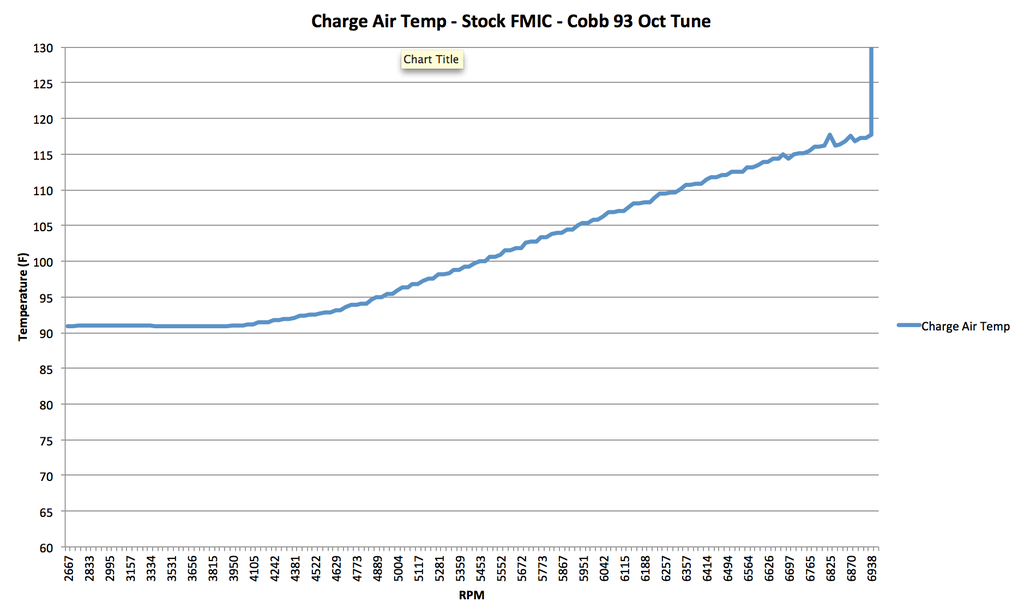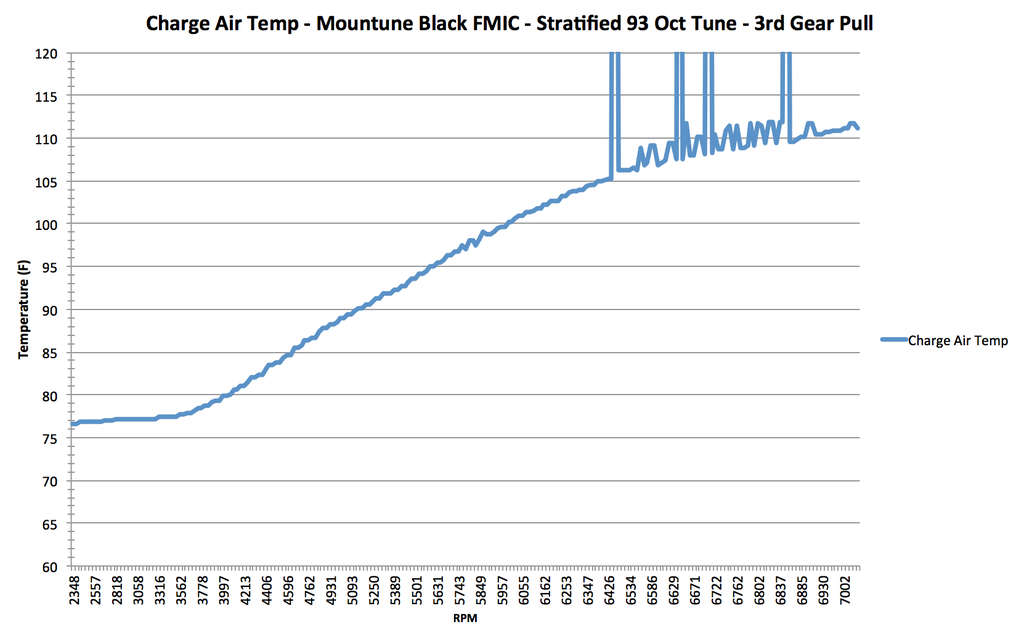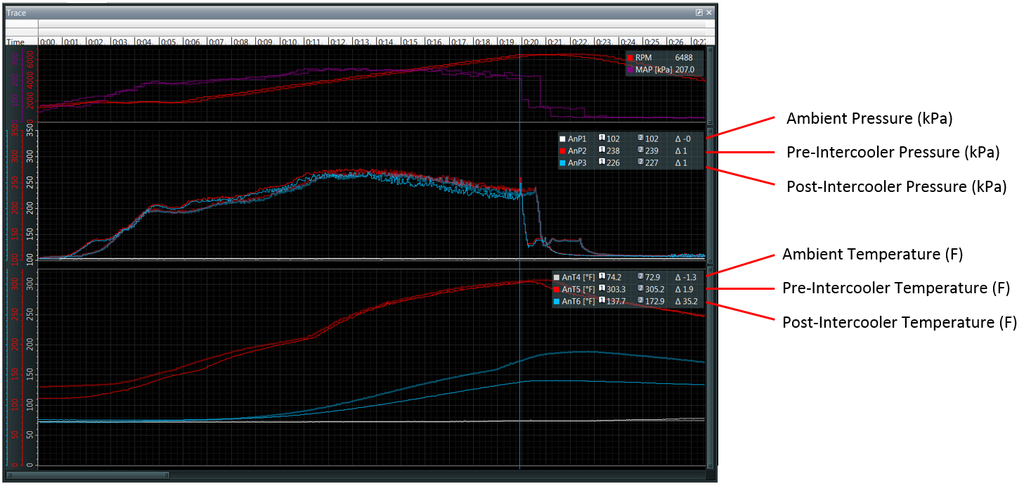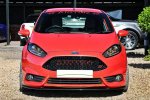Quasar,
For certain I don't currently have any precise math simulation nor real world tests of how much cornering G my Fiesta can handle on same tires in stock vs with a 10-pound plate added to nose of the car. Logical sense tells me there will be difference, not a big for sure from 10lbs savings on FMIC alone, but it's there. And the more you save, 10, 20.. 30 lbs the more obvious this difference becomes and at some point you will be able to feel it even in regular daily driving mode, not just on a track.
I am newbie to Fiesta, and from what I read on the forum, I do understand that IC is one of first upgrades Fiesta needs. This is why I follow this thread so closely. I also understand, that for people for whom straight line performance is much more important than cornering, there is already plenty of good options of aftermarket IC. Heck, very few cars get that much attention from aftermarket suppliers as Fiesta ST and I happy to see that. Most, if not all aftermarket suppliers do target their products for "street", not "track" consumers, and from this point of view, their products are very good.
Looking at different IC options, comparing volume, data logs and weight, I have a feeling that Mountune's IC is the lightest is because Mountune as a company, according to my understanding, has some close connections to Ford factory team, and so their IC product is more weight-focused and more performance-conservative. Just my personal feeling.
Not trying to say IC upgrade is not important

just trying to bring weight issue to the topic, that does not seem to be discussed well enough in the beginning. Would be awesome, if topic author could update first post with weight information, additional to existing dimensions information.
EDIT: Btw, I should probably make a note, that my Fiesta ST is Euro 3-door one, not USDM model. I daily drive it and race it in Ukraine (Eastern Europe), not in California. The climate in Ukraine is colder overall, and road condition is not always great. So extra nose weight also means harder to avoid road bumps and holes, and more chance to damage front wheels/suspension. As result, my thinking and priorities are less than 1% of everyone else on this forum.



![Smile [:)] [:)]](/images/smilies/smile.png)
![Wink [wink] [wink]](/images/smilies/wink.gif)



![Really Confused [???:)] [???:)]](/images/smilies/confused.gif)